Blog
Advice and expertise from AM, and special guest posts by leading archivists, academics and librarians from around the world.
-
TitleDescriptionDate
-
 Poll taxes, intimidation and impossible tests: the experience of African American voters in the 1950s
Poll taxes, intimidation and impossible tests: the experience of African American voters in the 1950sHow many people are on the United States government payroll? If you don’t know the answer to this question, and particularly if you were an African American living in the 1950s, then chances are you would not have been allowed to vote. Last Friday, the 9th September, was the 59th anniversary of President Eisenhower’s Civil Rights Act. Although there were criticisms at the time as to its efficacy and even motives, it was significant in being the first civil rights legislation to be passed in 82 years.
-
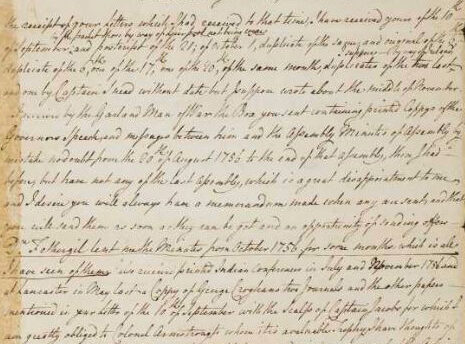 Send his scalp to the British Museum
Send his scalp to the British MuseumIn his classic 1893 the frontier thesis – first delivered at the St Louis Worlds’ Fair – the historian Frederick Jackson Turner gave an analysis of how the experience of this contested space creates a particular culture and forges aptitudes, democracy, mentality, self-reliance, and so forth.
-
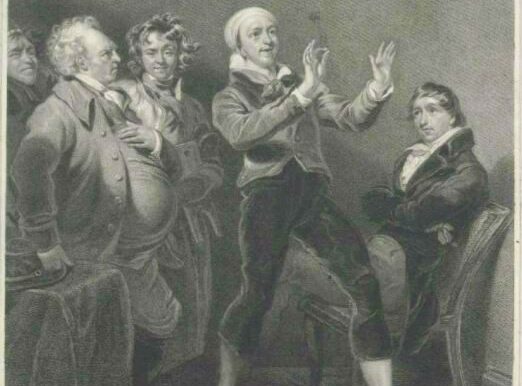 Mathews in the Archive: Assembling the Traces of Performance: A Special Guest Blog By Jane Wessel
Mathews in the Archive: Assembling the Traces of Performance: A Special Guest Blog By Jane WesselOne of the biggest challenges of studying theatre history is reconstructing the non-textual elements of performance: the performers’ gestures and expressions, the costumes and set, the audience reaction. The challenge is amplified when studying illegitimate entertainments or legitimate plays that relied heavily on mimicry. How do we imagine the sounds or conjure the image of a scene in which a single actor, without leaving the stage, performs five or ten separate characters?
-
 Attention Weightlessness! Cosmonaut Training in the USSR
Attention Weightlessness! Cosmonaut Training in the USSRVisitors to my desk tend to comment on two things; firstly, the fan incessantly running regardless of the season, and secondly, the postcards propped up under the monitor. Bought from an exhibition gift shop last autumn, the cards feature Yuri Gagarin and Valentina Tereshkova - respectively the first man and woman in space – against a back drop of hammers, sickles and rockets, staring nobly out into the office from under their helmets. My interest in - or perhaps idolatry of - these famed cosmonauts was sparked by our upcoming video resource, Socialism on Film, which is being produced in conjunction with the British Film Institute.
-
 An Interview With Pink Floyd
An Interview With Pink FloydIn December 1979 my dad was in town waiting for a bus home when a motorcycle rounded the corner a little too quickly, sending something flying off the back and landing in the road. It looked like a white envelope at first but as he walked over to pick it up he saw the simple design of a white brick wall and two words in black ink: Pink Floyd.
-
 "Discover the Other Americas!"
"Discover the Other Americas!"It’s been a dramatic 2 weeks of triumph, teamwork and towering feats of sporting achievement during the 31st Olympic Games, and after years of planning, the eyes of the world were firmly on Rio de Janeiro.
-
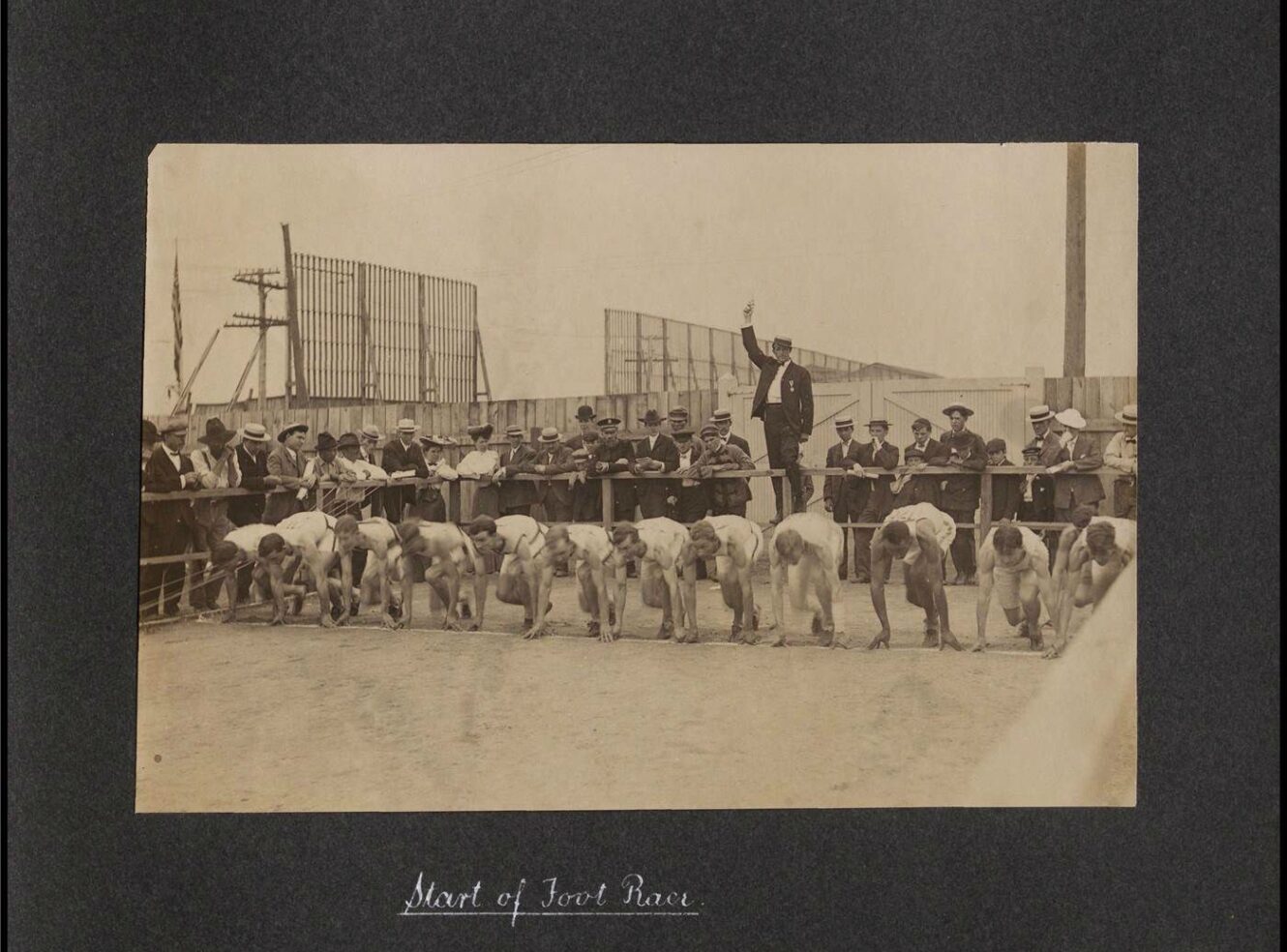 The Olympic Games 1904
The Olympic Games 1904The Olympic Games are a great opportunity for usually unheralded sports to take centre stage, and many of the same events were on display when the modern games first started over a century ago.
-
 A tale told by an idiot: Shakespeare through the ages
A tale told by an idiot: Shakespeare through the agesIf you didn't already know (of course you did) this year is a HUGELY exciting one for scholars, thespians and fans of William Shakespeare. 2016 marks the the 400th anniversary of the Bard's death, and cultural organisations the whole world over have been pulling out all the stops to celebrate his life and works.
-
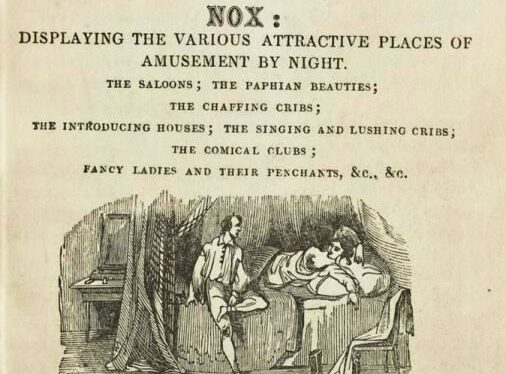 Exploring London Low Life: The Forgotten East End: A Special Guest Blog by Professor Brad Beaven
Exploring London Low Life: The Forgotten East End: A Special Guest Blog by Professor Brad BeavenWhen we think of the East End in the nineteenth century our minds often conjure-up images of dark back-street rookeries and communities blighted by crime and poverty. Well known polemic pamphlets by contemporaries like Andrew Mearns’ The Bitter Cry of Outcast London and the haunting images sketched by Gustave Doré have influenced both academic writing and popular culture to this day. When imagining the East End in the nineteenth century, very few of us associate it with sailors and the maritime culture that they brought ashore.
-
 Muhammad Ali at the Olympic Games
Muhammad Ali at the Olympic GamesReflect on the rich history of the Olympics, particularly the impact of Muhammad Ali in AM's Popular Culture in Britain and America, 1950-1975. The 1960 Rome Olympics introduced the world to 18-year-old Cassius Clay, later known as Muhammad Ali, who won the light heavyweight gold medal. Explore material from the collection that marked the beginning of Muhammad Ali’s illustrious career as a boxer and activist.
-
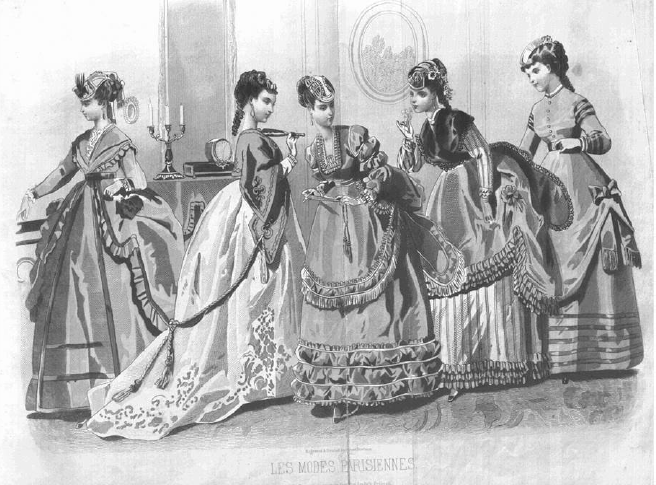 The Power of Etiquette in 19th Century America
The Power of Etiquette in 19th Century AmericaEveryday Life & Women in America, c1800-1920 is a recently revamped resource for the study of American social, cultural and popular history, providing access to rare primary source material from the Sallie Bingham Center for Women’s History, Duke University and The New York Public Library. The collection is especially rich in conduct of life and domestic management literature, offering vivid insights into the daily lives of women and men through the use of documents such as etiquette advice manuals.
-
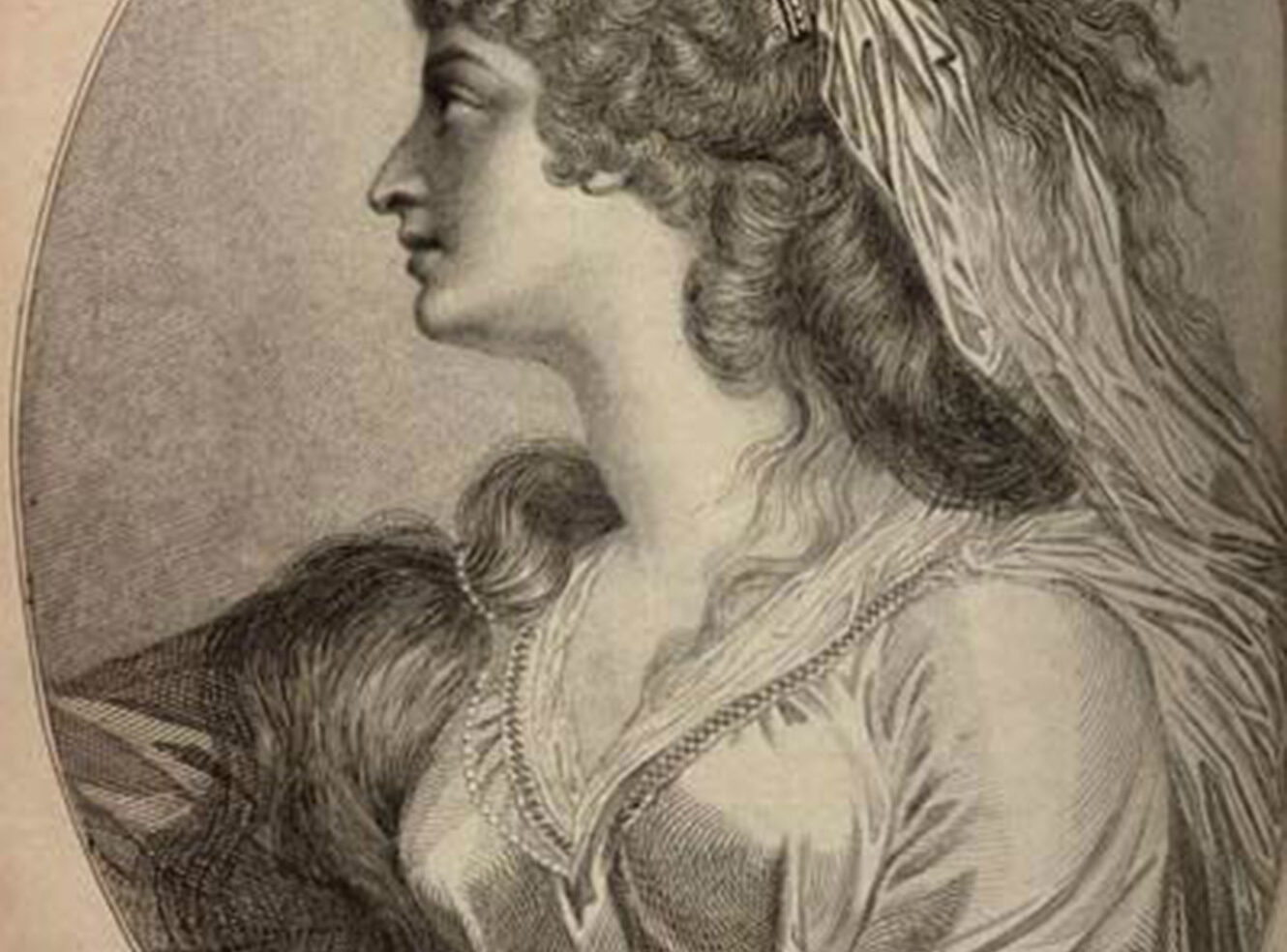 Holding the Manuscript, Pining the Actress: A Special Guest Blog by Robert W Jones
Holding the Manuscript, Pining the Actress: A Special Guest Blog by Robert W JonesIn 2009, supported by an Andrew W Mellon Foundation Fellowship, I spent a month at the Huntington Library. My intention was to research how eighteenth-century plays were translated from manuscript into performance and later print. My focus was the Larpent manuscripts, the play scripts submitted to the examiner of plays prior to their production.
-
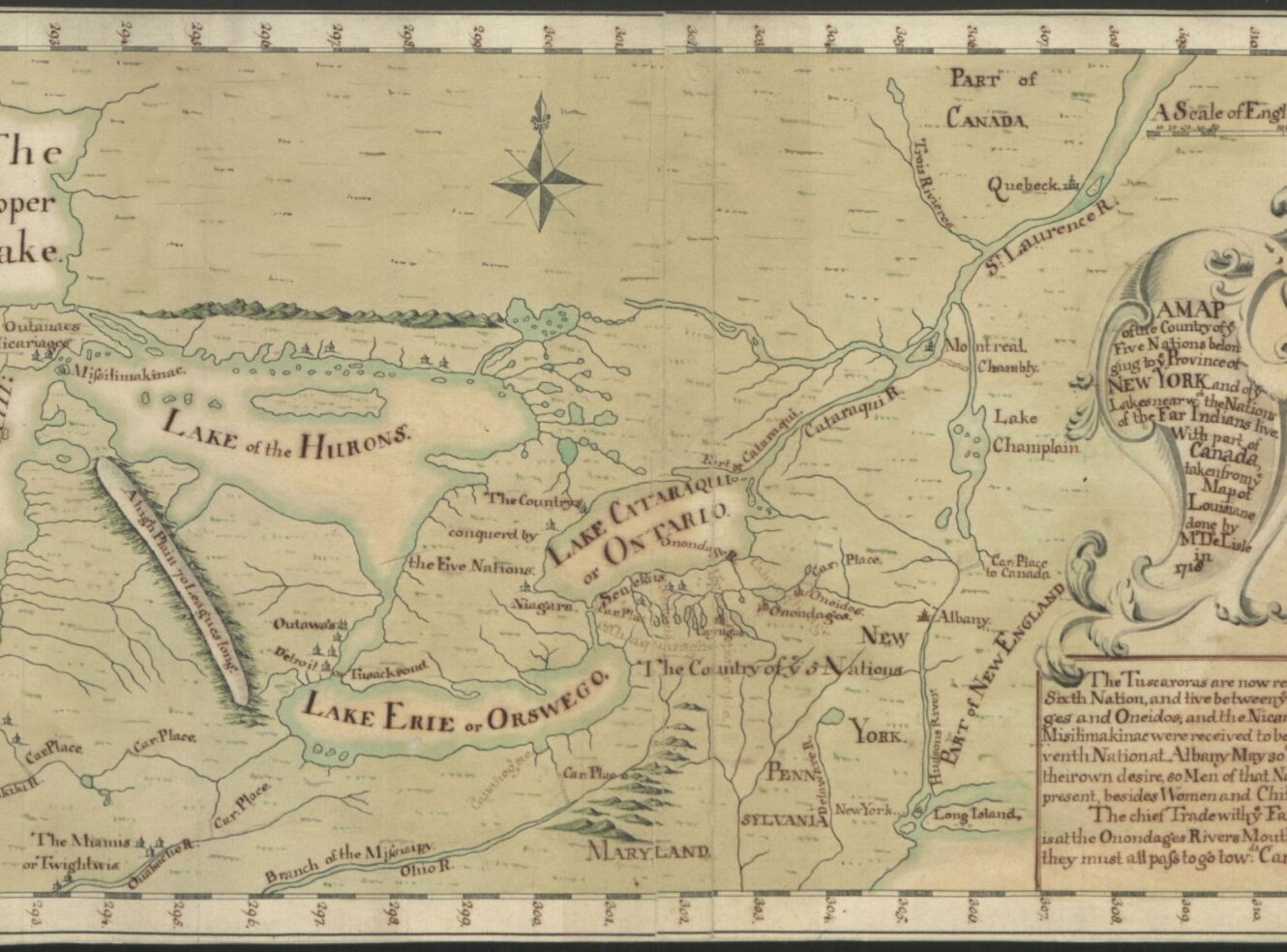 New lands on a plate: British vs French in eighteenth-century North America
New lands on a plate: British vs French in eighteenth-century North AmericaIn the popular imagination, colonial-era America is equated with the thirteen colonies of Britain, and indeed our Colonial America resource, module 2 of which has just been released, is made up exclusively of British and British-American archive material. But the reality is that seventeenth- and eighteenth-century North America was contested between rival European powers, each vying for land, resources, trade, military superiority and advantageous relations with indigenous groups.
-
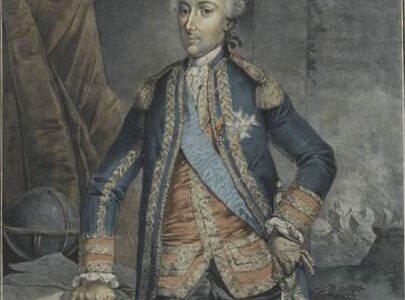 Oh Hec… following the rise and fall of the Comte d'Estaing in Colonial America, Module 2: Towards RevolutionWith Colonial America, Module 2: Towards Revolution publishing next Wednesday, I thought it a fitting time to take a closer look at the rather tumultuous rise and fall of Jean Baptiste Charles Henri Hector, the Comte d'Estaing. As the CO5 team at Adam Matthew were presented with an array of weird, wonderful, and highly amusing names whilst indexing material collated within this collection (a personal favourite being Sampson Saller Blowers), you may be forgiven for thinking that the Comte d’Estaing sounds quite an uninspiring figure to investigate in comparison. However, the trajectory of Hector’s military and political career was far more colourful than his name, or indeed the sepia material that record it in this collection, might suggest.
Oh Hec… following the rise and fall of the Comte d'Estaing in Colonial America, Module 2: Towards RevolutionWith Colonial America, Module 2: Towards Revolution publishing next Wednesday, I thought it a fitting time to take a closer look at the rather tumultuous rise and fall of Jean Baptiste Charles Henri Hector, the Comte d'Estaing. As the CO5 team at Adam Matthew were presented with an array of weird, wonderful, and highly amusing names whilst indexing material collated within this collection (a personal favourite being Sampson Saller Blowers), you may be forgiven for thinking that the Comte d’Estaing sounds quite an uninspiring figure to investigate in comparison. However, the trajectory of Hector’s military and political career was far more colourful than his name, or indeed the sepia material that record it in this collection, might suggest. -
 Smiles from the Somme
Smiles from the SommeOn 1st July 1916 the first day of the Battle of the Somme, one of the bloodiest campaigns of the First World War, began. Over 141 days, 1.2 million soldiers on both sides of the conflict were injured or killed, in what Captain Blackadder famously referred to as ‘another gargantuan effort to move [Field Marshal Haig’s] drinks cabinet six inches closer to Berlin.’ 1st July 1916 has gone down on record as the single worst day in the history of the British army; in just one day, the army suffered 60,000 casualties. Desperate to keep the true horrors of the war from civilian eyes, the propaganda machine swung into overdrive.
-
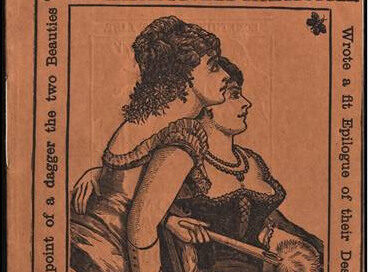 Women Whose Loves have Ruled the WorldThe sex scandal, commonly touted by tabloids today, while enormously popular is by no means a modern phenomenon, but has gripped public imagination for centuries. In the Victorian era, scandals of all sorts permeated the popular press and stories of moral degeneration were met in equal measure with anxiety, outrage and shameless fascination.
Women Whose Loves have Ruled the WorldThe sex scandal, commonly touted by tabloids today, while enormously popular is by no means a modern phenomenon, but has gripped public imagination for centuries. In the Victorian era, scandals of all sorts permeated the popular press and stories of moral degeneration were met in equal measure with anxiety, outrage and shameless fascination. -
 “My” American Declaration of Independence: A special guest blog by Joseph J. Felcone
“My” American Declaration of Independence: A special guest blog by Joseph J. FelconeIn October 2008 I was spending a week at The National Archives, Kew, recording their holdings of New Jersey imprints for a then forthcoming descriptive bibliography of printing in New Jersey before 1800. The CO 5 records from the British Colonial Office records are an extraordinary source for early American printing, but they have been largely neglected by printing historians because there is no item-level cataloguing.
-
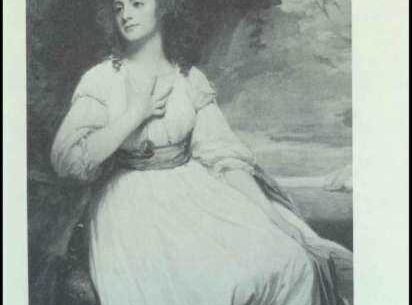 An Eighteenth Century Hiddleswift
An Eighteenth Century HiddleswiftCelebrity gossip: a sustainable source of cheap entertainment since time immemorial, and the proof is in our primary sources. Pandemonium ensued in the Adam Matthew office yesterday morning, all because Taylor Swift is now dating Tom Hiddleston. We’re not proud of it, but nevertheless we indulged in gossiping heatedly about this new development in Taylor Swift’s eventful love life.
-
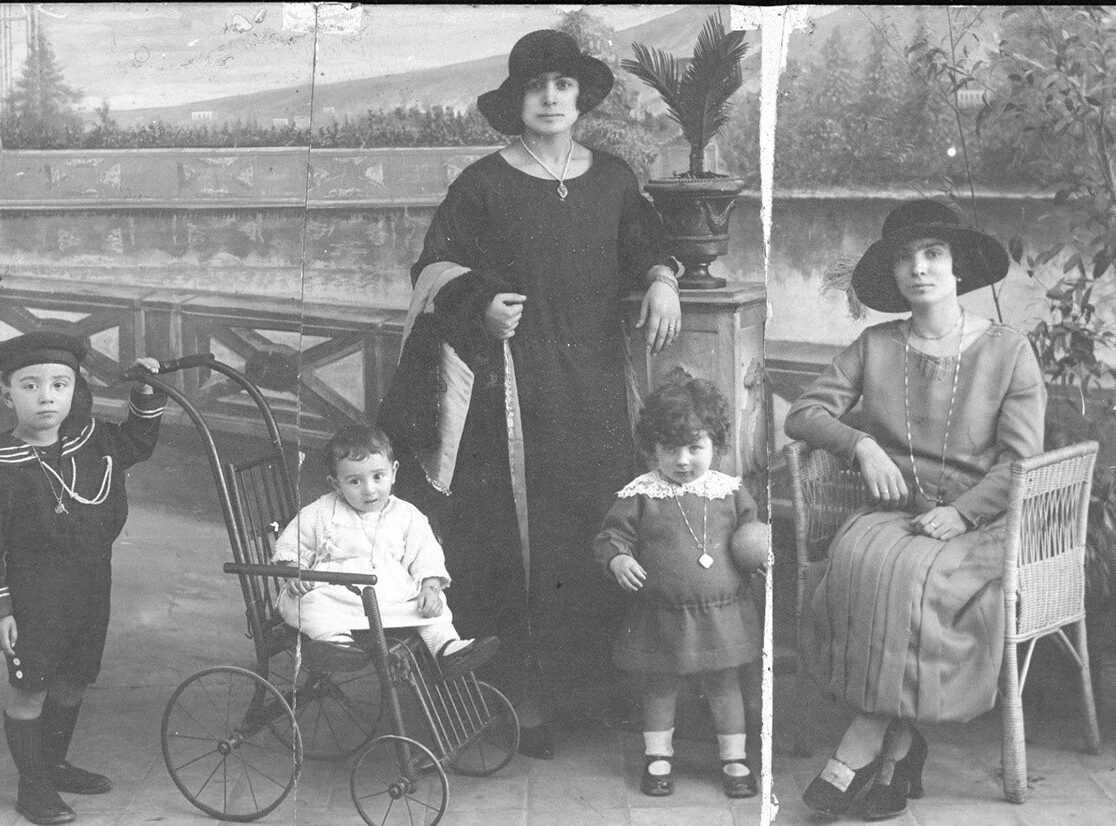 Italian Migrants in The United States: A Special Guest Blog by Dr Matteo Pretelli
Italian Migrants in The United States: A Special Guest Blog by Dr Matteo PretelliIn the 1880s, Italians started to migrate en mass abroad. In particular, during the period spanning from the beginning of the twentieth century to the outbreak of World War I. To begin with, it was mostly Southern peasants who contributed to the number of those departing and the United States became the main magnet of Italians, while Sicily and Campania (the region of Naples) were the location of the most numerous regional groups to emigrate.
-
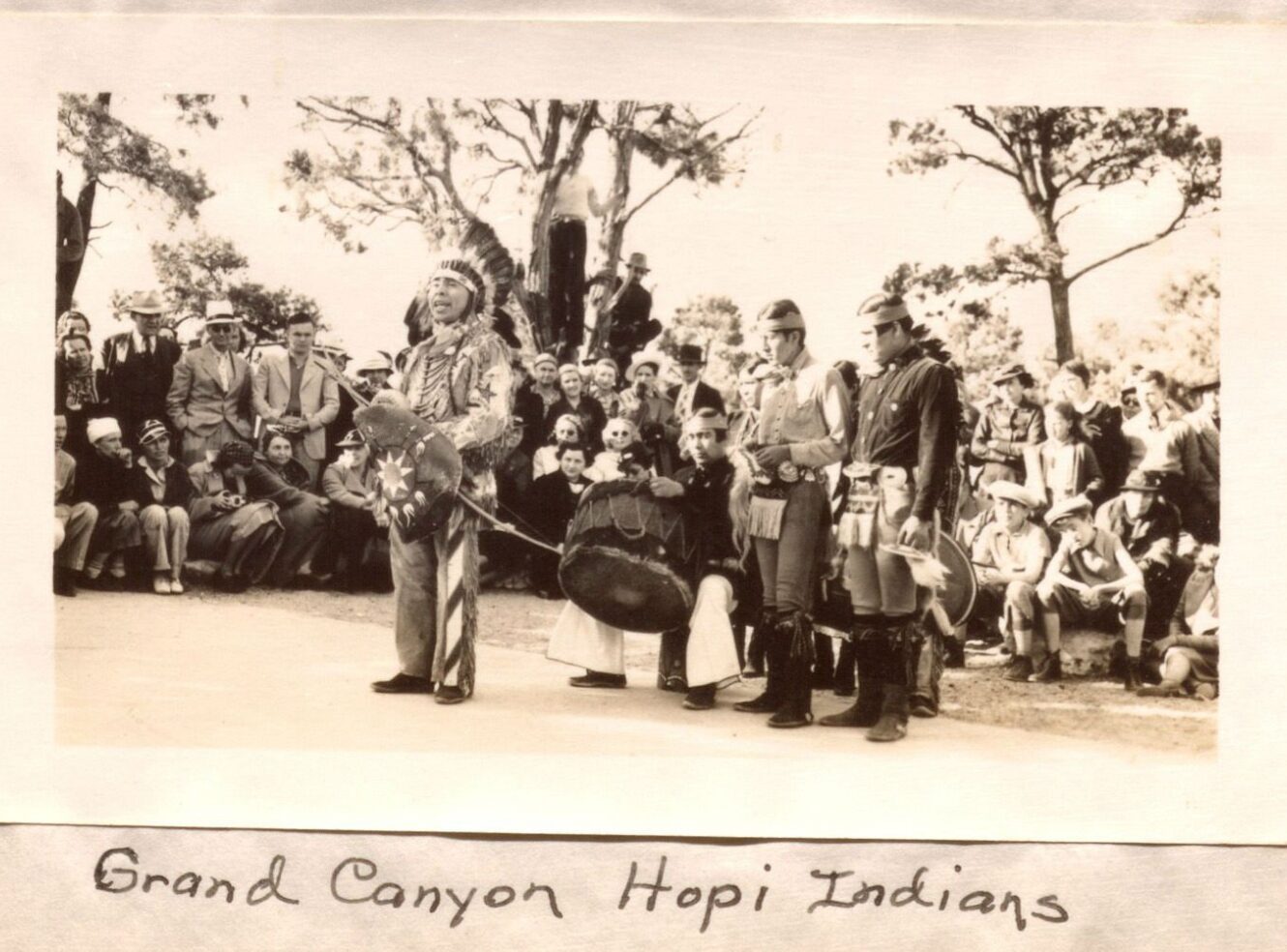 30 Days of '37: From Coast to Coast (Almost)
30 Days of '37: From Coast to Coast (Almost)On a perfect day in June 1937, Mrs F. W. Stone and her family left Ashtabula, Ohio, on the shores of Lake Erie and set out by air conditioned Pullman coach for California. Originally the trip was designed to visit a sister, who had long been neglected, but it was also a chance to really ‘see’ the West. As she put it, “For some reason American people do not take trips to see their own country in the same way they take European trips. They will go to the West to visit a friend or relative, spend two or three weeks with them, come back and apparently have not seen much of the country.”
-
 Jesus Christ, this will be fun! Alexander Hamilton on stage
Jesus Christ, this will be fun! Alexander Hamilton on stageHow could you not love a musical which borrows equally from The Pirates of Penzance and Notorious B.I.G? Hamilton, if you haven’t heard yet, is a musical blending rap, jazz, blues and classic Broadway melodies to tell the story of an obscure Founding Father (‘Yo, who the eff is this?!’) and his attempts to get a radical debt plan passed by America’s fledgling government. Yeah, that old chestnut. I jest; Lin-Manuel Miranda’s occasionally swear-y, Pulitzer Prize-winning show has torn up the rulebook, and this weekend, stands to make history at the Tony Awards where it has earned a record-breaking haul of sixteen nominations.
-
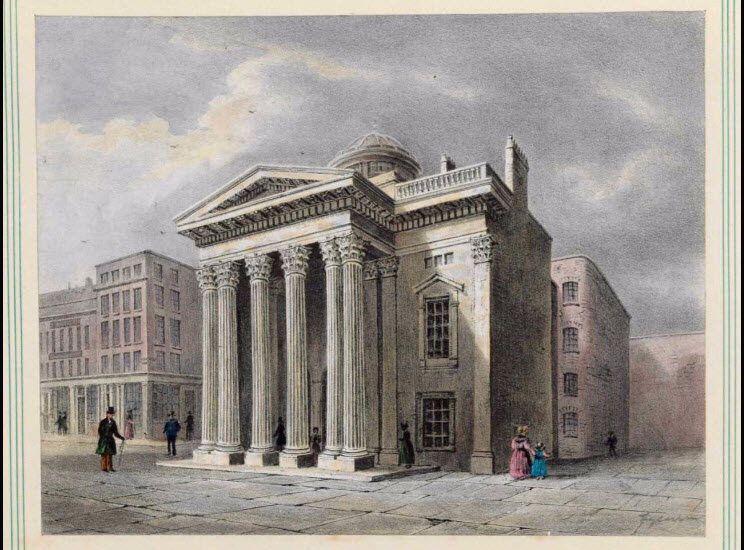 Taking an Interest in IdiomsIt is widely acknowledged that many of our favourite everyday phrases were coined by Shakespeare: "Vanish into thin air" – Othello, "For goodness sake" - Henry VIII, “A wild goose chase" - Romeo and Juliet and "All's well that ends well" from (of course) All’s Well That Ends Well. It cannot always be determined whether these phrases were already in existence or if they were invented by the Bard himself but they are certainly the first recorded instances.
Taking an Interest in IdiomsIt is widely acknowledged that many of our favourite everyday phrases were coined by Shakespeare: "Vanish into thin air" – Othello, "For goodness sake" - Henry VIII, “A wild goose chase" - Romeo and Juliet and "All's well that ends well" from (of course) All’s Well That Ends Well. It cannot always be determined whether these phrases were already in existence or if they were invented by the Bard himself but they are certainly the first recorded instances. -
 ‘Separate but equal’ is inherently unequal: The NAACP’s struggle against segregation
‘Separate but equal’ is inherently unequal: The NAACP’s struggle against segregationBefore June springs into action I thought it important to honour the past month as the 62nd anniversary of the Brown v. Board of Education verdict which overturned the Jim Crow Laws and marked a milestone in civil rights history. In May 1954 the U.S. Supreme Court ruled that racial segregation in schools violated the 14th Amendment
-
 Censoring the Stage
Censoring the StageAdam Matthew Digital’s newest resource Eighteenth Century Drama: Censorship, Society and the Stage makes available the Larpent plays from the Huntington Library, California – as well as material from several other archives. The Licensing Act of 1737 was introduced by Walpole as a retaliation against the politically satirical nature of theatrical performances in the 1730s. This meant that new works of ‘serious drama’ performed at the patent theatres – designated by the crown – were required to apply for a licence in order to be performed. John Larpent was responsible for this practice, as the Examiner of plays 1778-1824.
